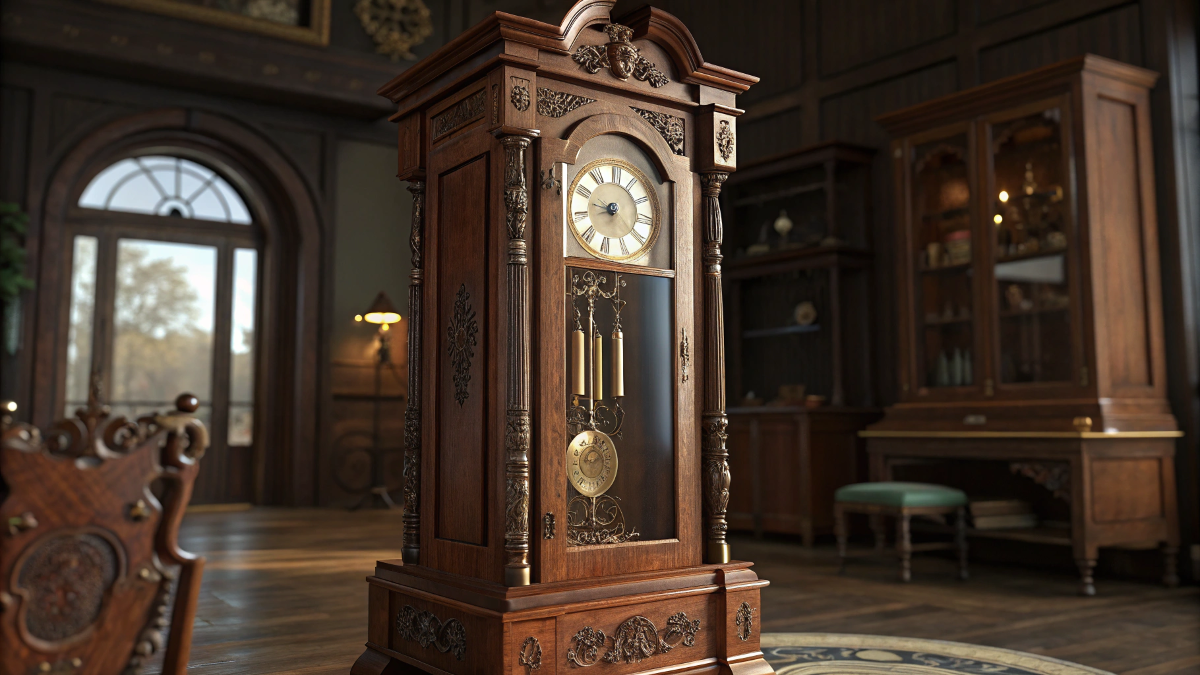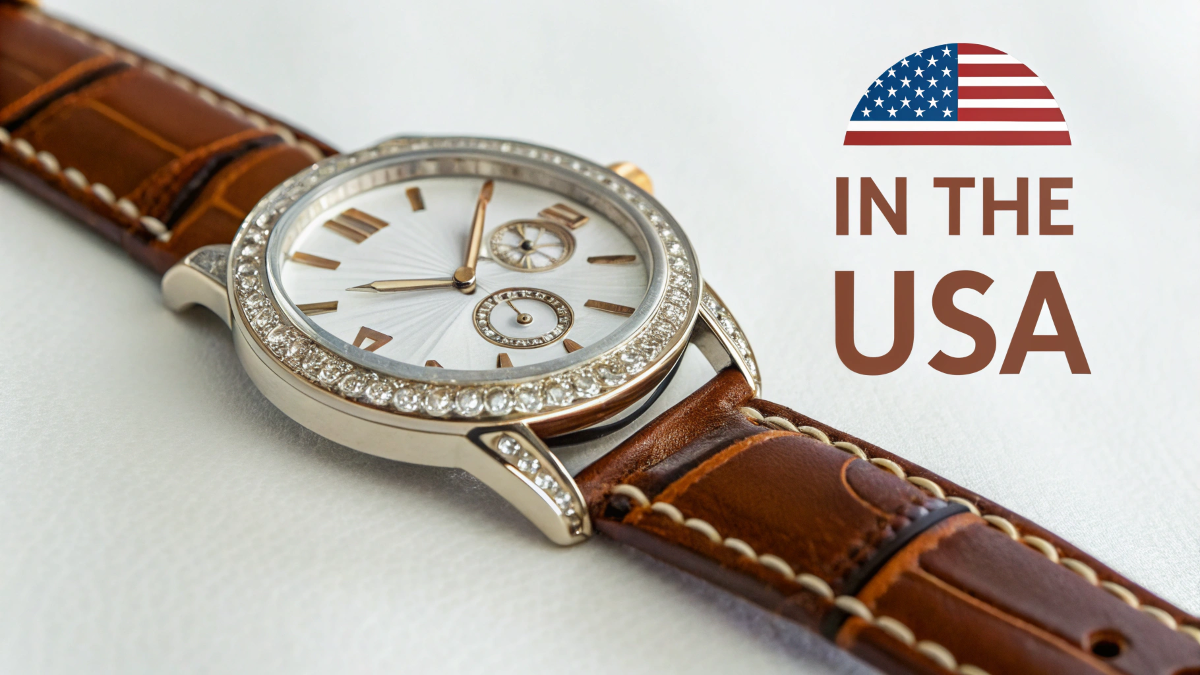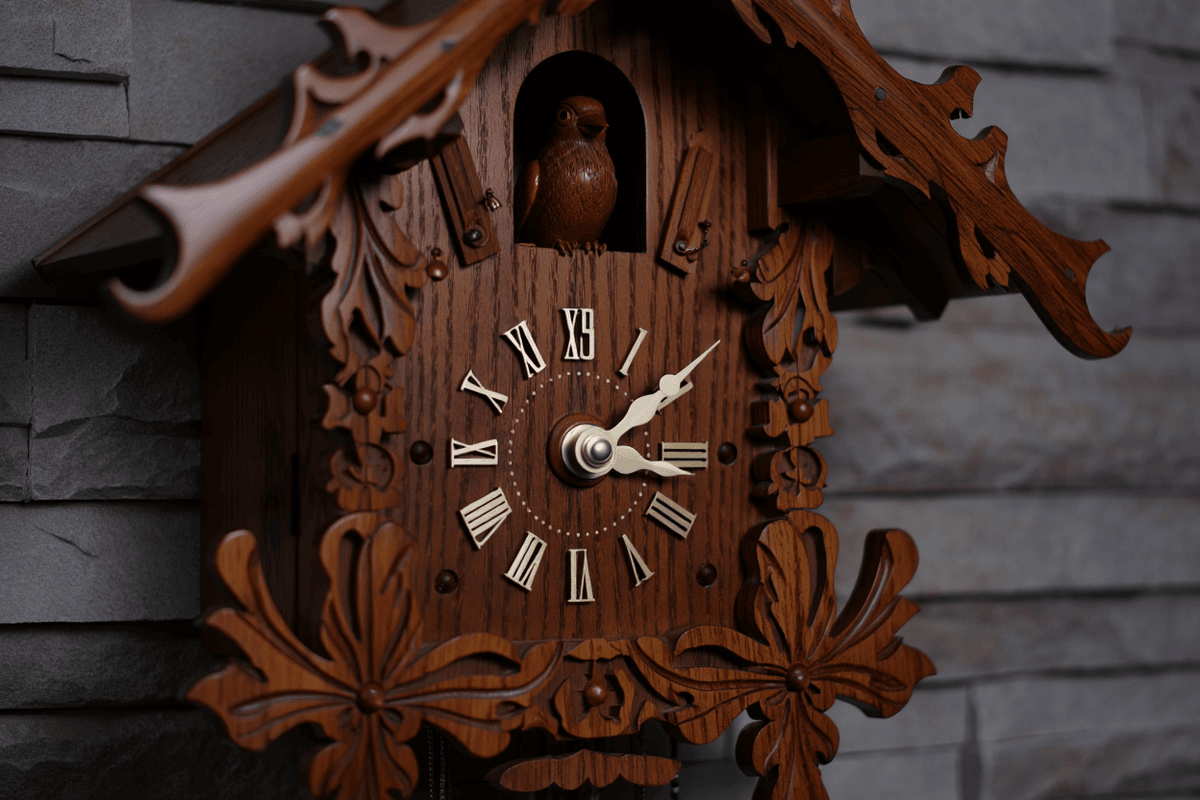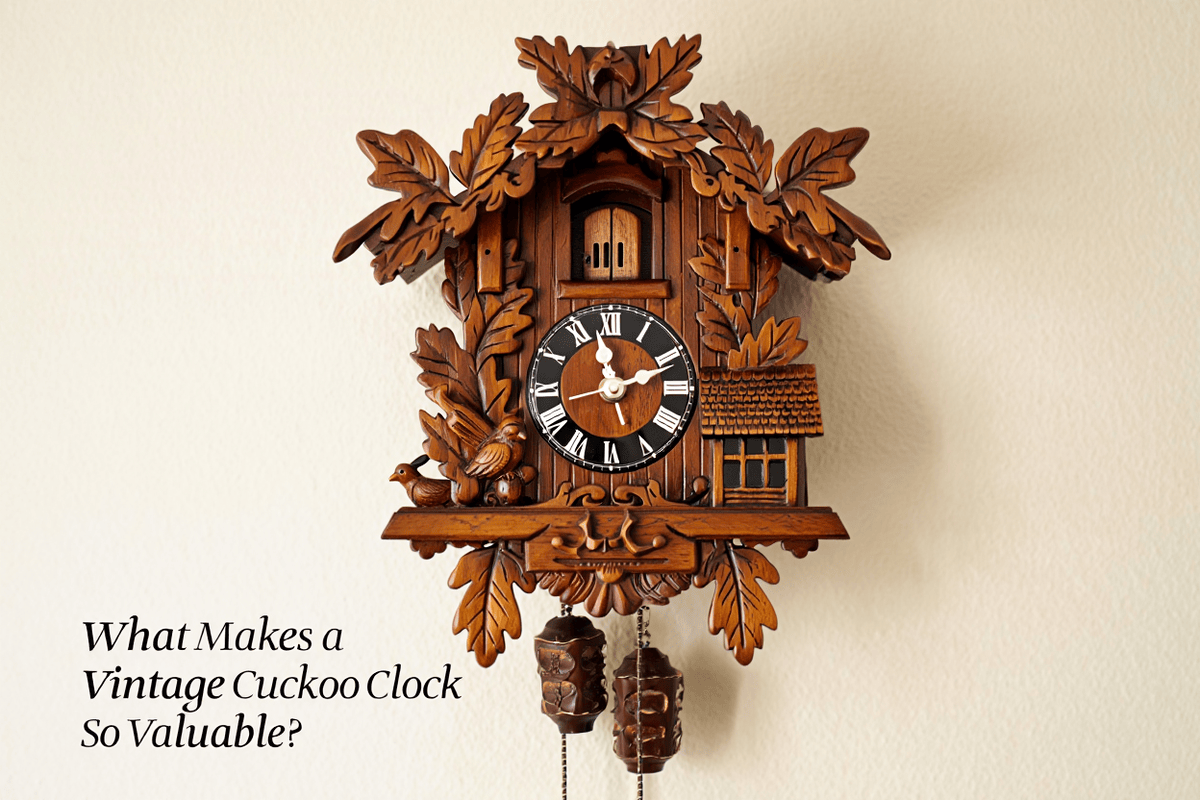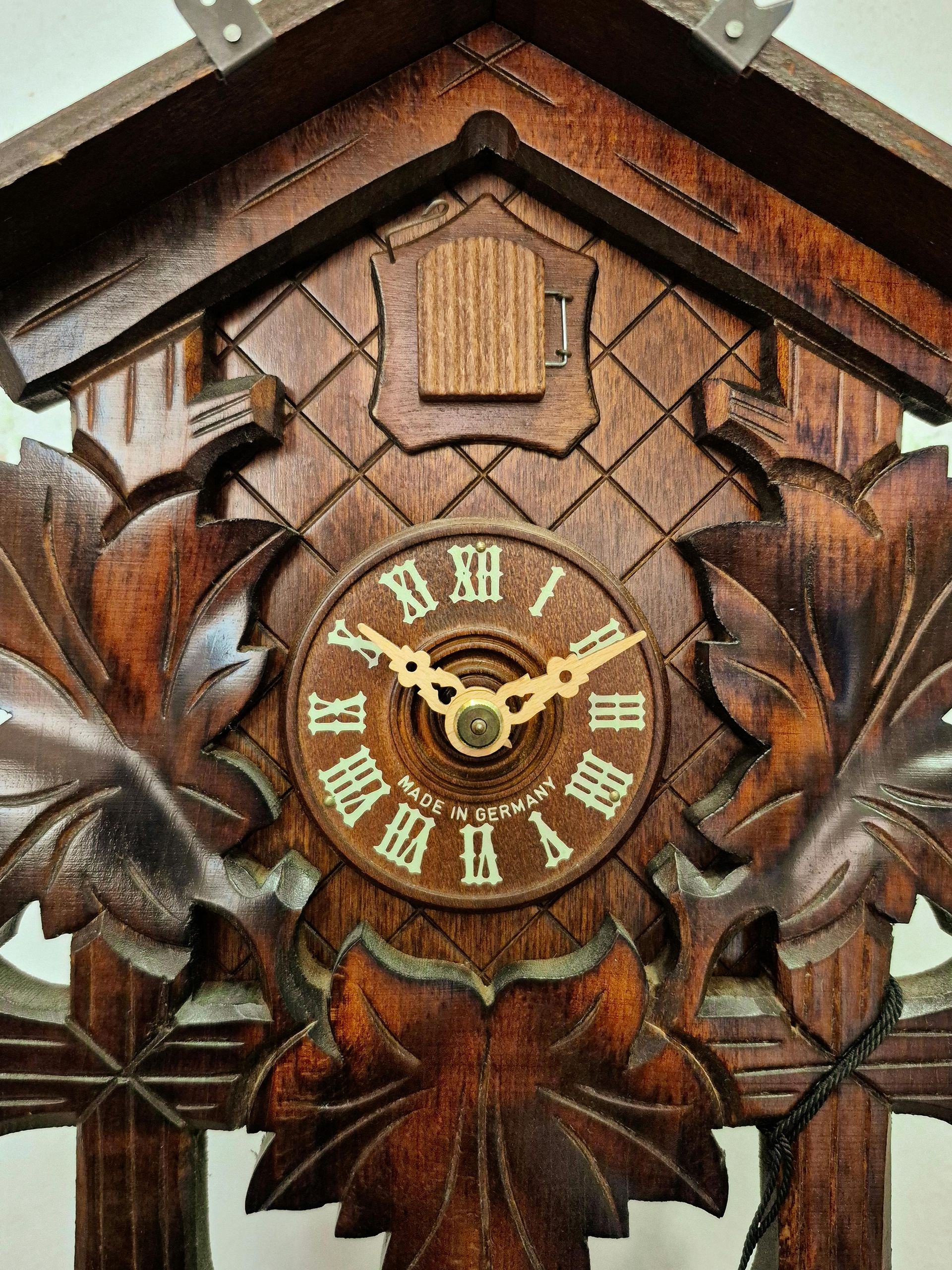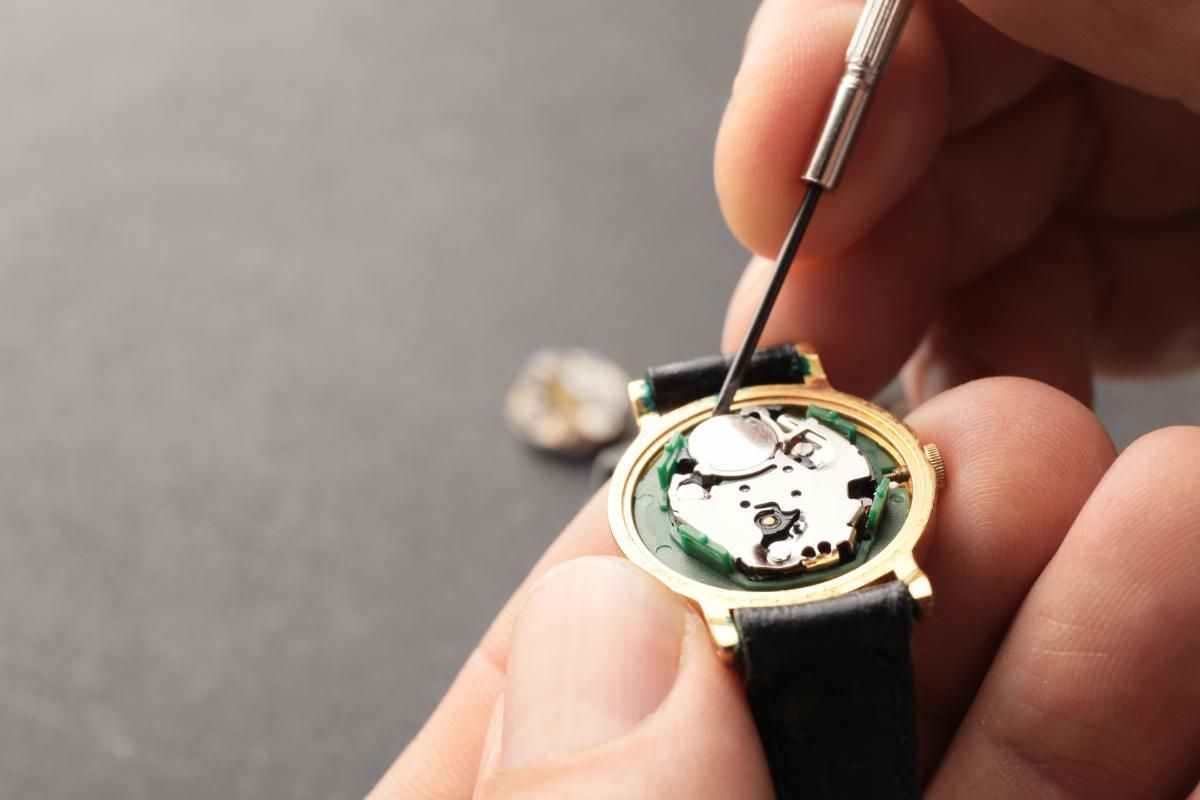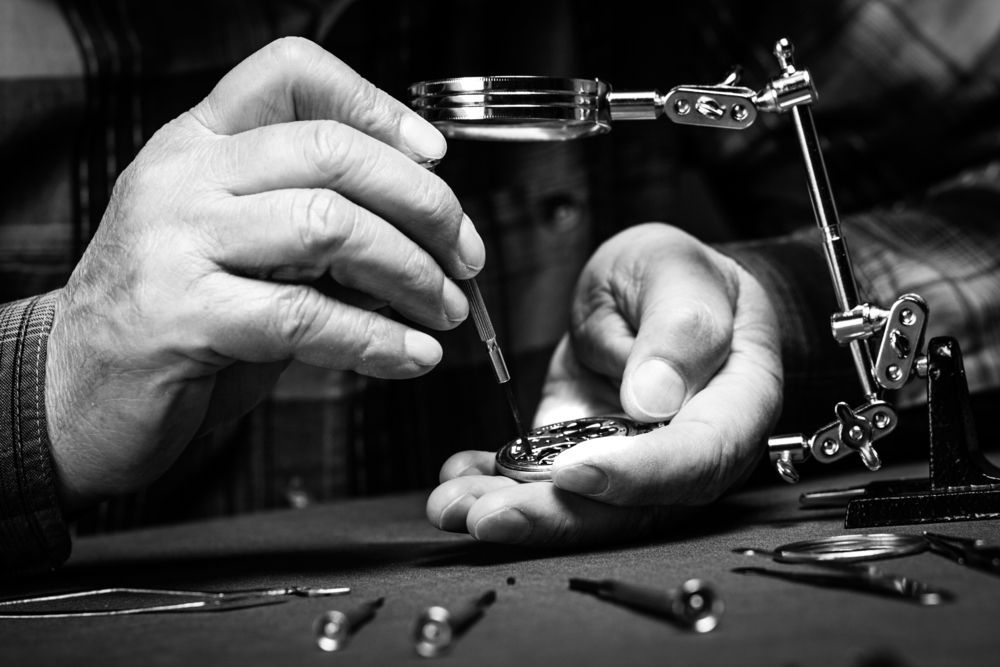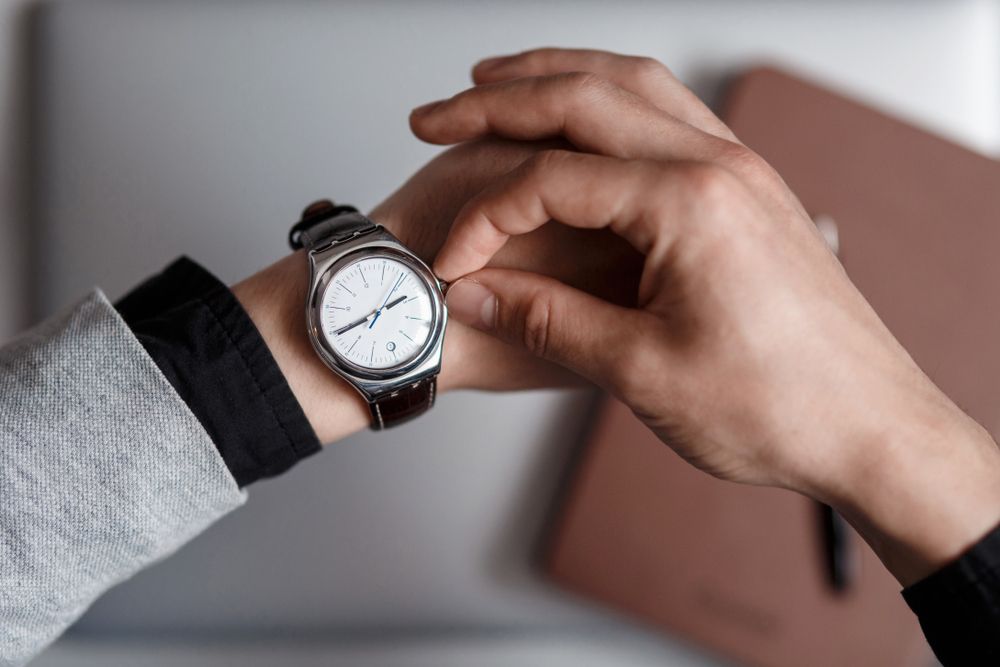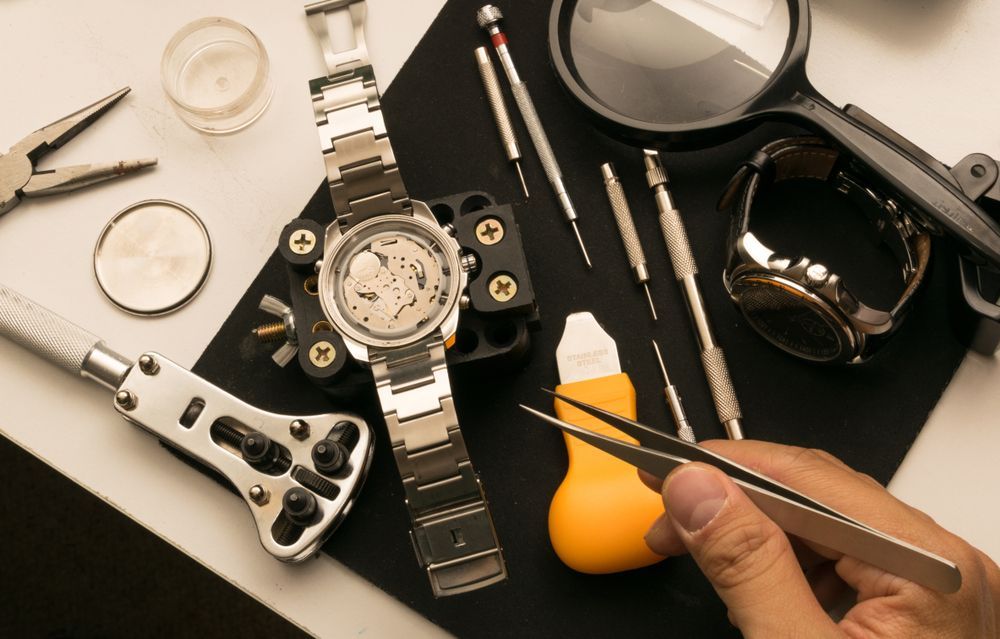What Not to Do When Setting a Grandfather Clock
If you’ve ever wondered how to set a grandfather clock, you already know these timeless pieces are both beautiful and intricate. Their classic design and mechanical precision make them cherished heirlooms and centerpiece décor in many homes. But with that beauty comes responsibility. A single wrong adjustment can throw your clock off balance, cause damage to the movement, or even result in costly repairs.
Setting a grandfather clock is not just about turning a few knobs—it’s about respecting the engineering and craftsmanship behind it.
Ignoring the Manufacturer’s Instructions
Every grandfather clock is built slightly differently, depending on its maker and age. One of the most common mistakes is assuming all clocks work the same way. Many owners skip right past the instruction manual—or worse, don’t bother looking it up if it’s missing.
Failing to consult the manual can lead you to:
- Move components incorrectly.
- Wind the clock in the wrong direction.
- Adjust weights unevenly.
What to do instead: Always consult the original instructions or, if those aren’t available, seek guidance from a professional clock repair specialist. Chicago Clock Company, for example, has decades of experience across brands and models and can help you avoid mishaps with your particular timepiece.
Forcing the Hands to Move Backwards
Perhaps the single most damaging mistake is turning the clock’s hands backward. Unlike modern quartz clocks, most mechanical grandfather clocks are not designed for reverse motion. Forcing the hands counterclockwise can jam gears, strip teeth off wheels, and even snap delicate pivots.
This usually happens when people attempt to:
- Correct a time error quickly.
- Adjust the clock after a daylight savings change.
Safer alternative: Always move the minute hand forward (clockwise). If you need to go back an hour, move forward 11 hours instead. Yes, it takes longer, but it protects the mechanism.
Manually Moving the Hour Hand
Another common mistake is pushing the hour hand independently of the minute hand. While it may seem like a shortcut, the hour hand is designed to move in sync with the minute hand. Forcing it can bend the shaft or loosen its grip.
Instead, only ever adjust the minute hand. The hour hand will follow naturally if the mechanism is intact.
Overwinding the Clock
Many owners mistakenly believe they can “overwind” their grandfather clock, causing it to stop working. While most modern mechanical clocks have built-in stops, aggressively forcing the crank or key can:
- Strip the winding arbor.
- Damage the ratchet mechanism.
- Cause the weights to sit too high, interfering with pendulum swing.
Best practice: Wind slowly, stop when you feel resistance, and avoid excessive pressure. If your clock stops after winding, the issue is more likely related to wear, dirt, or lubrication—not overwinding.
Ignoring the Leveling Process
Grandfather clocks are sensitive to balance. If the case isn’t perfectly level, the pendulum will swing unevenly, and the clock may lose or gain significant time. Unfortunately, many owners set their clocks against the wall without checking for tilt.
Signs your clock isn’t level include:
- A lopsided “tick-tock” sound.
- Pendulum swinging further to one side.
- Irregular timekeeping.
Solution: Use a small carpenter’s level to ensure the case is balanced side-to-side and front-to-back. Many clocks come with adjustable feet for this exact purpose.
Pulling or Pushing on the Pendulum
The pendulum is the heart of your grandfather clock. Touching it too much—or worse, trying to force it to move—can throw off timing or cause physical damage.
Common mistakes include:
- Starting the pendulum with too much force.
- Moving it while weights are being adjusted.
- Using it as a handle when repositioning the clock.
Remember: Only give the pendulum a gentle push to start its swing. If the pendulum has stopped frequently, the issue is usually mechanical, not the pendulum itself.
Mismanaging the Weights
Grandfather clocks often use three weights: one for time, one for chimes, and one for striking. Mixing them up during maintenance is a recipe for disaster since they may be different sizes or weights.
Mistakes to avoid:
- Swapping the weights between sides.
- Letting the cables or chains tangle.
- Pulling on the chains unevenly.
Always mark your weights before removing them for cleaning or servicing. If they’re already mixed, consult a professional before attempting to reset them.
Ignoring Chime Synchronization
Grandfather clocks with chime features are prone to synchronization issues if handled incorrectly. For example, moving the minute hand past a quarter-hour too quickly can cause the chime sequence to go out of sync.
Owners sometimes:
- Skip over the chime sequence without waiting for it to finish.
- Adjust the minute hand while the clock is chiming.
This can jam the mechanism or put the chimes permanently out of order. Always allow the clock to complete its chime before moving the hand further.
Setting the Time Too Quickly
Rushing through adjustments is one of the easiest ways to cause damage. Moving the hands too quickly or skipping several hours at once can overload the gears.
When setting your clock:
- Move the minute hand slowly.
- Pause at each quarter-hour to let the chime complete.
- Don’t try to “catch up” lost time by fast-forwarding several hours in one go.
Patience is part of owning a grandfather clock.
Forgetting About Humidity and Temperature
Environmental conditions can affect the delicate wood case and metal components. Owners often overlook this, placing their clocks in areas with direct sunlight, near fireplaces, or in damp basements.
Consequences include:
- Wood warping, throwing the pendulum off balance.
- Moisture causing rust on gears.
- Temperature swings leading to inconsistent timekeeping.
Keep your grandfather clock in a stable, climate-controlled environment whenever possible.
Attempting DIY Repairs Without Training
Grandfather clocks are marvels of engineering. Attempting to take apart or repair the movement without training is one of the costliest mistakes you can make.
DIY mishaps often include:
- Losing tiny screws or springs.
- Misaligning gears.
- Applying the wrong type of oil or grease.
Professional service isn’t just about expertise—it’s also about having the proper tools. If your clock isn’t working correctly, leave it to trained specialists.
Neglecting Regular Maintenance
Even if your grandfather clock seems to be working fine, it still requires maintenance. Many owners forget this until it’s too late.
Without periodic service, you may face:
- Dust and dirt buildup in the gears.
- Dry pivots leading to premature wear.
- Broken cables from years of tension.
A general rule is to have your clock serviced every 3–5 years. Think of it like changing the oil in your car—it keeps everything running smoothly.
Moving the Clock Without Preparation
Relocating a grandfather clock is trickier than most people realize. One wrong move can leave you with shattered glass or a broken pendulum.
Avoid:
- Dragging the clock across the floor.
- Leaving the pendulum attached while moving.
- Forgetting to secure or remove the weights.
If you need to move your clock, always remove the pendulum and weights first, secure the cables or chains, and carefully transport the case.
Using the Wrong Cleaning Methods
Dust and fingerprints may tempt you to grab standard household cleaners, but these can harm your clock. Sprays, abrasives, and oils can damage both wood finishes and mechanical parts.
Better option: Use a microfiber cloth for dusting the case and leave the internal cleaning to a professional. Never spray directly onto the clock.
Forgetting About Daylight Saving Time Adjustments
Twice a year, many owners accidentally harm their grandfather clocks by resetting for daylight saving incorrectly. The temptation to move the hands backward an hour can wreak havoc on the mechanism.
Instead:
- Move the minute hand forward 11 hours.
- Pause at each quarter-hour to let the chime play.
- Take your time—rushing can do more harm than good.
Treating the Clock as Just Another Piece of Furniture
A grandfather clock is both furniture and a precision instrument. Unfortunately, many owners treat it as just decorative, ignoring its functional needs. Dust, humidity, and neglect all accumulate until a repair becomes inevitable.
Respect the craftsmanship, and you’ll enjoy both the beauty and the utility of your clock for years to come.
Avoiding the “Don’ts” of Grandfather Clock Care
Knowing what not to do when setting and caring for a grandfather clock is just as important as knowing the correct steps. These clocks represent centuries of tradition, artistry, and mechanical ingenuity. A wrong move—whether forcing the hands, ignoring maintenance, or mishandling the pendulum—can lead to costly damage or even permanent loss.
The best approach is patience, respect for the mechanism, and a willingness to call in professionals when needed.
Trust Chicago Clock Company
If you’re unsure about how to set a grandfather clock, or if your beloved timepiece isn’t keeping time the way it should, don’t risk making the mistakes outlined here. Instead, trust the experts at Chicago Clock Company.
We provide:
- Expert grandfather clock repair and maintenance.
- Professional battery replacements.
- Clock and timepiece sales with a wide selection.
- Free estimates while you wait.
Don’t leave your family heirloom to chance—let our skilled technicians restore and protect its legacy.
Call us today to schedule your appointment!

